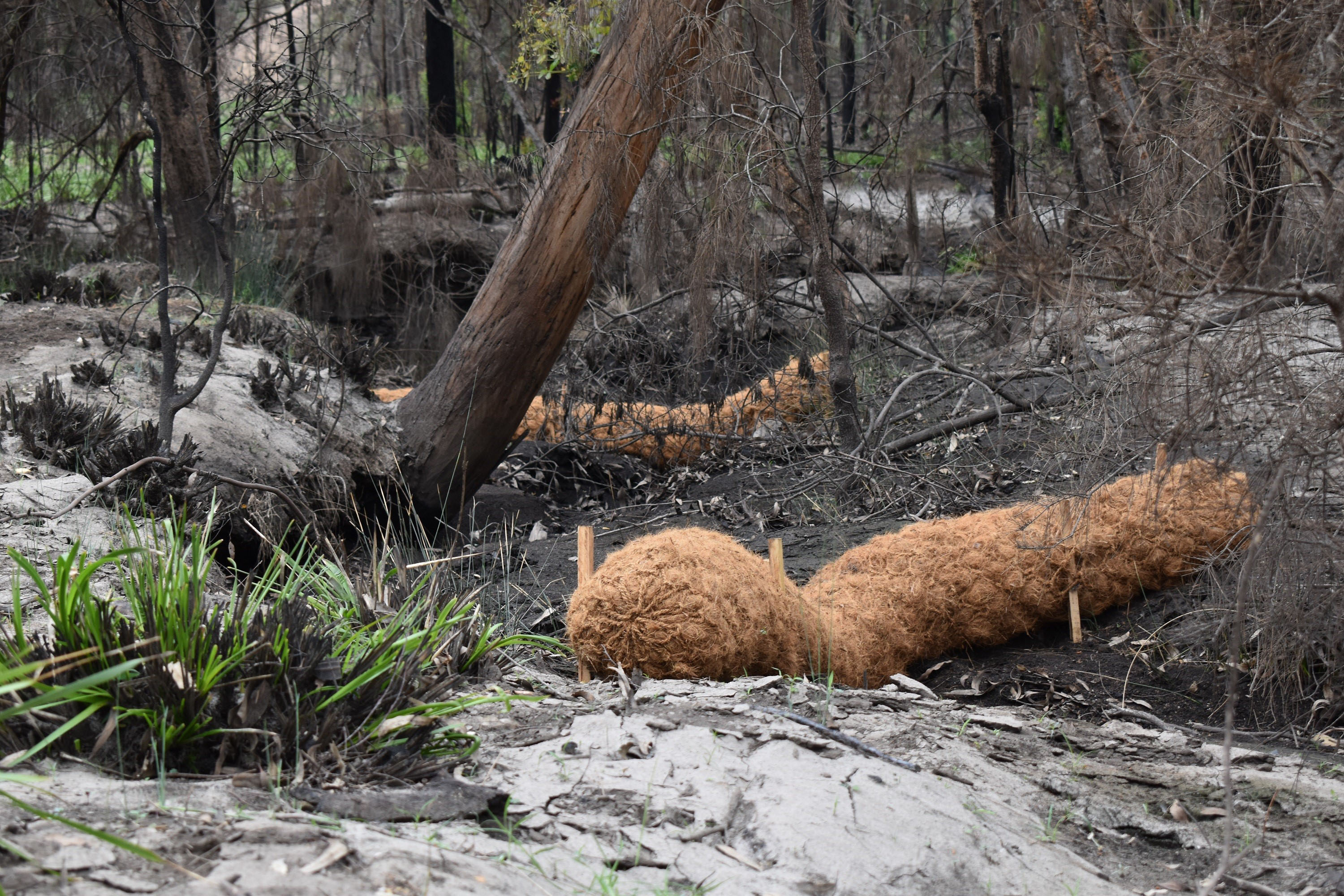Dr Kevin Thiele, Taxonomy Australia
The discovery, naming and documentation of Australian species by western scientists has been ongoing for about 3 centuries. A high point in the number of new species named each year was reached just before World War 1, followed by a decline until recovery of Australia’s biodiversity science effort after the end of World War 2 (Figure 1). The establishment of the Australian Biological Resources Study in 1972 saw an increase in rate until a plateau was reached in the 1990s. Since 2000, the annual rate of naming of new species has declined, likely due to a reduction in investment in taxonomy in real terms.
Current knowledge of Australia’s biodiversity is very incomplete. The best estimate is that 70% (or 420,000) of all Australian species of plants, animals, fungi and other organisms have yet to be discovered, documented, named and classified (Cassis et al. 2017). At the current rate, it will take more than 4 centuries to document Australia’s biodiversity.
Of course, some groups of organisms are better documented than others. In general, species that are prominently visible (e.g. vertebrates, flowering plants) are well known, and groups that are rarely noticed (e.g. most invertebrates, fungi) are poorly known.
But noticeability is not a good surrogate for ecological, economic or environmental importance. Fungi and insects, for example, are very poorly documented (less than 5–10% of Australia’s species are likely to have been named) yet they provide critical ecological functions and ecosystem services, sometimes pose risks to natural and agricultural systems, and may provide important opportunities for industry and the economy.
This substantial gap in our knowledge of Australia’s species hinders effective management, conservation and the sustainable use of Australia’s biodiversity. Although unnamed species can at times be conserved effectively through conservation of habitats, monitoring of conservation effectiveness is severely limited with so many species effectively invisible. Similarly, many unnamed species are likely to be rare and threatened, and many of these will become extinct before they can be recognised.
New technologies, including high-throughput DNA sequencing and machine learning, mean that a substantial acceleration in the discovery, naming and documentation of Australia’s biodiversity is achievable. The Australian Academy of Science has proposed an ambitious mission to discover and document all remaining Australian species in a generation. A cost–benefit analysis has shown that the returns to society of achieving this goal could be 35 times greater than the investment, with benefits for biodiversity conservation as well as for biosecurity, biodiscovery, and agricultural research and development (Deloitte Access Economics 2020).








